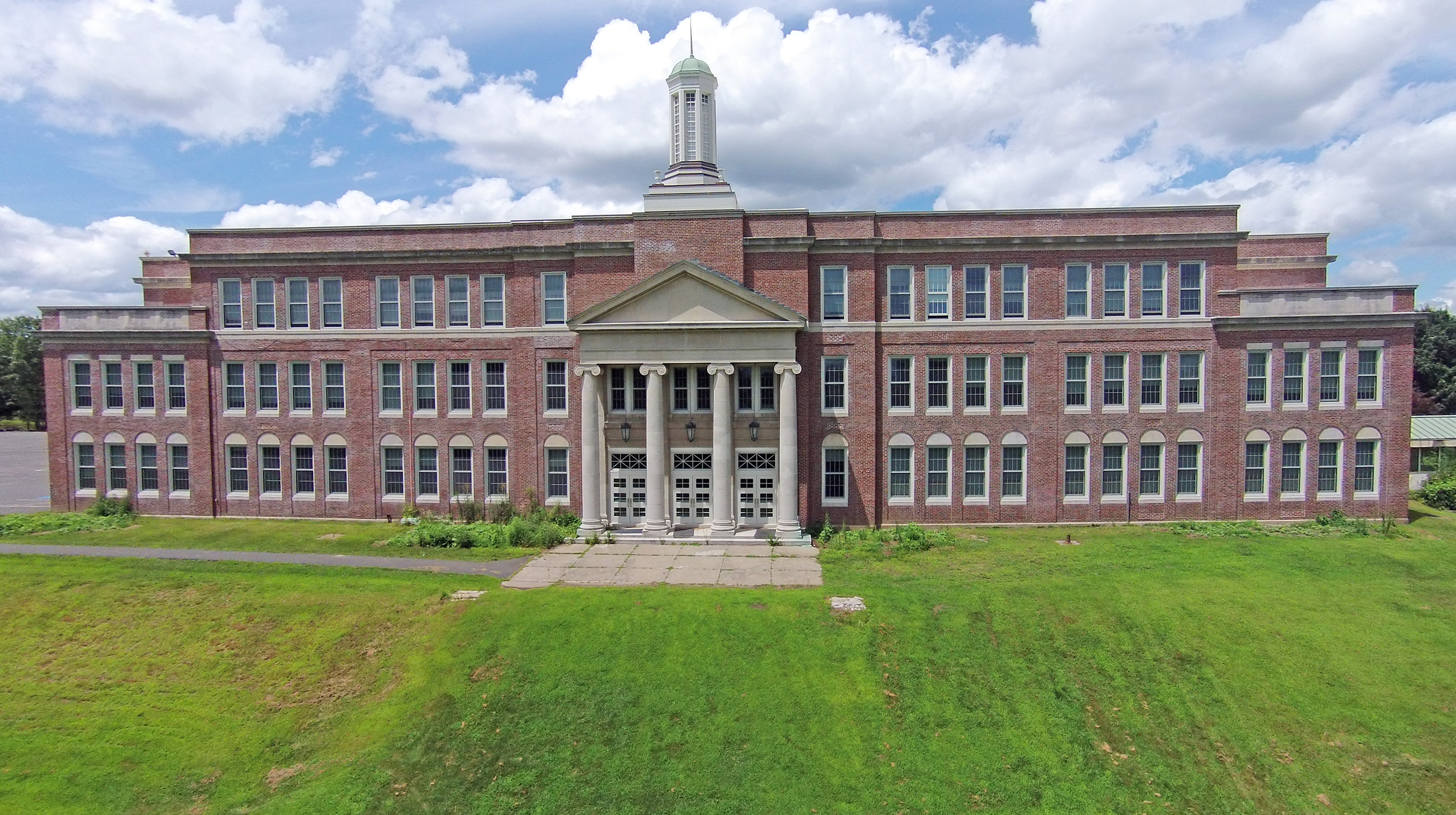WESTFIELD – A recent report published by the Pioneer Institute has concluded that Massachusetts manufacturers and small businesses are offsetting an acute skilled labor shortage by collaborating with the Commonwealth’s vocational-technical high schools and investing in their programs to produce trained graduates.
The 20-page report, entitled “Filling the Skills Gap: Massachusetts Vocational-Technical Schools and Business Partnerships”, features case studies of four vocational-technical high schools, including Westfield Vocational-Technical High School.
The report, written by Blackstone Valley Technical High School administrator Alison L. Fraser and former Providence Journal writer William Donovan, illustrates how companies are creating opportunities for voc-tech graduates.
According to Fraser and Donovan, 100,000 skilled advanced manufacturing positions will be created before 2020 and of the more than 7,000 manufacturing firms with operations in Massachusetts, 250,000 jobs with an average annual salary of $75,000 will be created.
The report adds that over 60 percent of voc-tech students in the Commonwealth go on to post-secondary schools, a far cry from the tired sterotype that the students who populated these institutions couldn’t hack it in more academic oriented high schools.
In fact, Massachusetts voc-tech high schools also have lower dropout rates than their traditional counterparts, according to the report.
In 2012-2013, the statewide dropout rate at regular/comprehensive high schools averaged 2.2 percent. But the rate was only 1.1 percent among the state’s 39 vocational technical schools and the average among the regional vocational schools was even lower at 0.7 percent.
Several recommendations were included in the report focused on enhancing partnerships between voc-tech schools and businesses, as well as bolstering vocational-technical education more broadly.
In the report, the Pioneer Institute came away impressed by Westfield Voc-Tech’s plan to start the state’s first high school aviation technology program, a project which has been in the making since January and includes Gulfstream Aerospace, Rectrix Aviation, Embraer Executive Jet, Bombardier and Mobius Works, along with high-ranking state officials, to get off the ground.
The report stated that creating an aviation technology program “makes sense considering the local economy.”
“The Westfield-Barnes Airport is only seven miles from the school and more than 30 manufacturers are in the school’s district,” read WVTHS’ case study in the report. “Bradley International Airport at Windsor Locks, CT, itself a hub of aviation activity, is less than
an hour away.”
WVTHS Principal Stefan Czaporowski told Fraser and Donovan that the new A&P (Airframe and Powerplant) aviation program is expected to be fully operational by January of 2016 and already has a waiting list of 500 students.
“I would expect kids will want to come here from all over when we open this aviation program,” he said. “It’s a great career. It pays very well. If we’re the first program in the state, I would anticipate a lot of people wanting to come to it.”
An estimated startup cost is about $3.5 million, which he anticipates funding through public money, corporate grants and in-kind donations of equipment.
While the academics will be taught at the school, the hands-on engine, electronics and body work will be taught at Westfield-Barnes Airport at Hanger 2, a 10,000 square-foot building donated to the school by Westfield officials, along with $500,000 in funds from the Community Preservation Commission to make repairs to the exterior of the building, which has been designated as a historic site.
Gulfstream, which has a New England office at Bradley International Airport, was the first private employer to make a financial commitment, promising to provide $50,000 per year for four years to the program.
In the report, Czaporowski said the materials list includes two aviation simulators for $5,500 each and a lab test engine for about $205,000.
Other departments involved with the program include the Massachusetts Department of Transportation, who is giving the school an RV4 plane frame that had been unused at another school, and the Federal Aviation Administration, who will approve the curriculum in order for the students to be FAA certified with an A&P License when they graduate.
Czaporowski said he expects the school to receive funding under the Perkins Act from the Massachusetts Department of Elementary and Secondary Education.
Upon seeing the final published report, Czaporowski said that he hopes the release of this report will help the nascent program receive more funding.
“Governor (Deval) Patrick is aware of what we’re trying to do here and our visit with Secretary (Greg) Bialecki was very helpful,” he said. “People want to see it succeed.”
Czaporowski also hopes that, through the success of this program, other A&P programs may open around the state.
“They’re talking about opening two others within a reasonable time after we’ve started,” he said. “There’s such a need for people in this field that getting recognition from the Pioneer Institute will bring what we’re doing to other people’s attention.”
Czaporowski also lauded the continued support of the program but said that there is still a lot of funding that needs to come in before the dream can become reality.
“We’re expecting about $2.3 million based on the grants we’ve applied for,” he said of money he hopes to acquire and put toward the program. “We have a team of folks that have been working with Janet Garcia at Westfield State University and they’re going to solicit some private donations and fill the gap with private money.”



